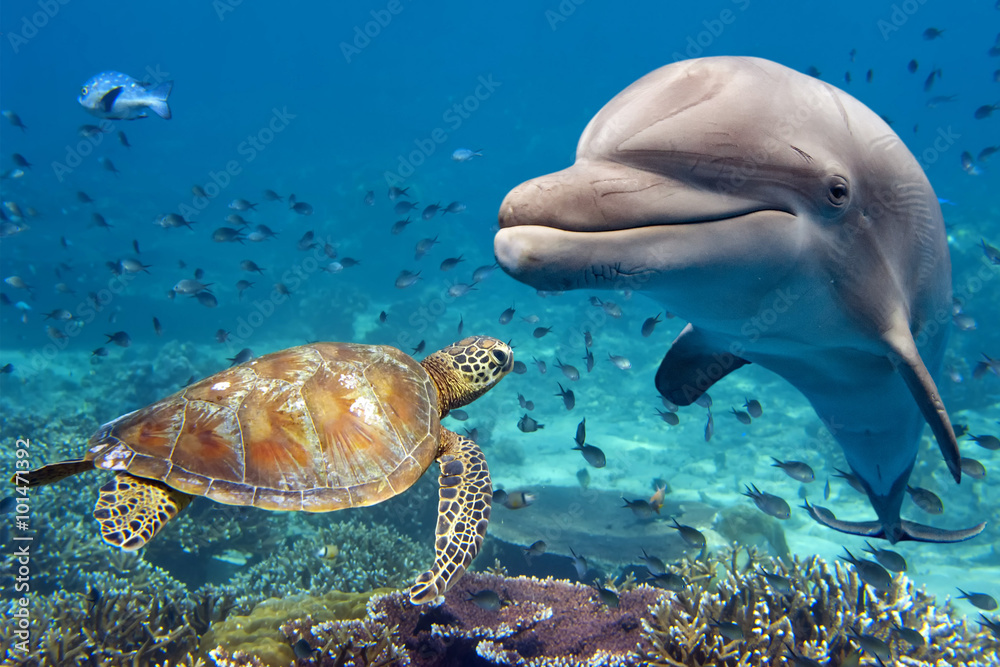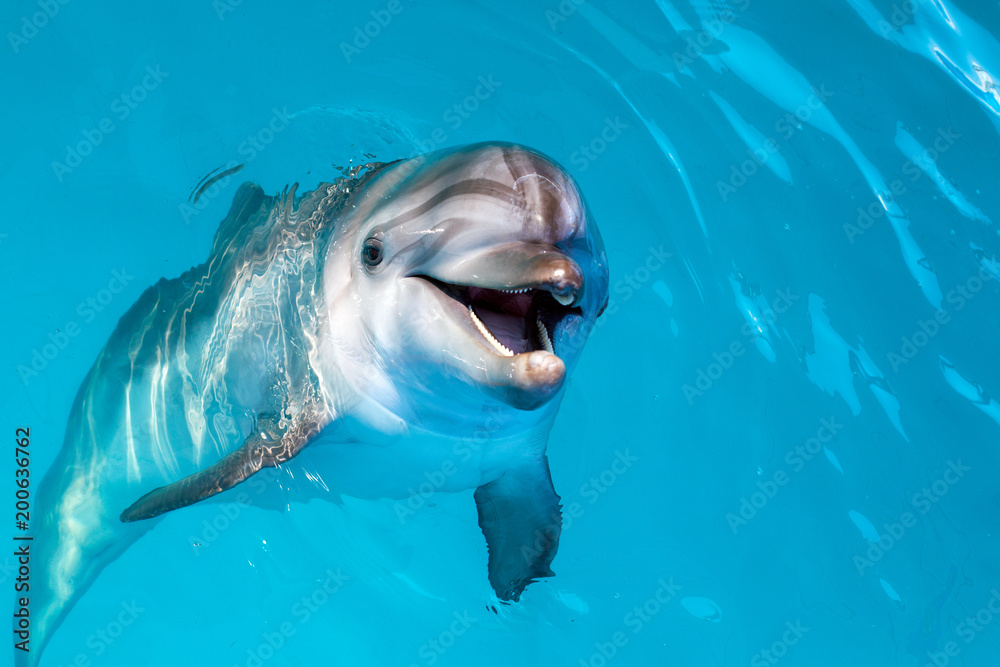‘Wonderful nets’ protect dolphin and whale brains during dives
https://as2.ftcdn.net/v2/jpg/01/01/47/13/1000_F_101471392_kjl4qdYMWXnCDm0cXZHRnekwU3YwLdFv.jpg
‘Wonderful nets’ protect dolphin and whale brains during dives
The dive of a dolphin or whale is one of the most exciting scenes to observe. These aquatic mammals are rich with natural resources and display numerous behaviors unique to each species. However, the most impressive part about a dive is not the movement or the wildlife, but the fact that these mammals are actually breathing underwater. During a dive, mammals like dolphins and whales are actually taking breaths while their air supply is replenished. They do this by expanding and contracting their lungs, but their diving also causes some serious internal damage. Since they're not able to return to the surface without risking death, dolphins and whales must find a way to survive under water indefinitely without stopping their breath.
A diving mammal's blood vessels must perform several functions during a dive. First, blood vessels constrict to limit blood flow during dives. This prevents dangerous bubbles of blood from forming in arteries and veins. Next, blood cells decrease in number so less damage is caused by dissolved oxygen in water. Additionally, mucus membranes in the nasal cavities of dolphins and whales become coated with a thin layer of protein to help them see underwater. Finally, dolphin and whale brains have more blood vessels than human brains- which allows for more efficient gas exchange between the lungs and the brain.
Unfortunately, many changes can happen to the blood vessels of diving mammals without any effect on their lives. Most notably, blood vessel constriction prevents blood bubble formation so dolphin and whale brains have fewer places for gases to collect during dives. This prevents decompression sickness (a condition caused by bubbles forming in the body) before the mammal returns to the surface. However, increasing lung volume does increase gas exchange between the lungs and the bloodstream; this increases when a mammal ascends from its dive. Additionally, blood vessel constriction prevents gas bubbles from forming in arteries and veins during dives- which prevents serious damage to dolphin and whale brain tissue.
However, limiting blood flow during a dive can also have dangerous consequences. The pressure change caused by diving causes blood cells to burst and proteins in mucus membranes to decompose; this may cause blindness or death if it's not properly managed by the blood vessels. To prevent this from happening, lung volume decreases during diving so dangerous gas bubbles don't form in the lungs either. Unfortunately, lung volume decreases during diving causes less efficient gas exchange between the lungs and the brain itself, which may result in decompression sickness when diving again. Diving whales have developed special adaptations for dealing with this dangerous phenomenon; human divers may need help adapting as well!
Blood flow increases dramatically during diving since mammals aren't able to survive under water without replacing their breath. However, their blood vessels must temporarily decrease during a dive to prevent bubble formation and decompression sickness. This makes them an interesting sight whenever they surface for air. Ultimately, understanding how dolphin and whale brains work under these conditions is critical if we want to make similar leaps in human technology without risking death through decompression sickness either!



Comments